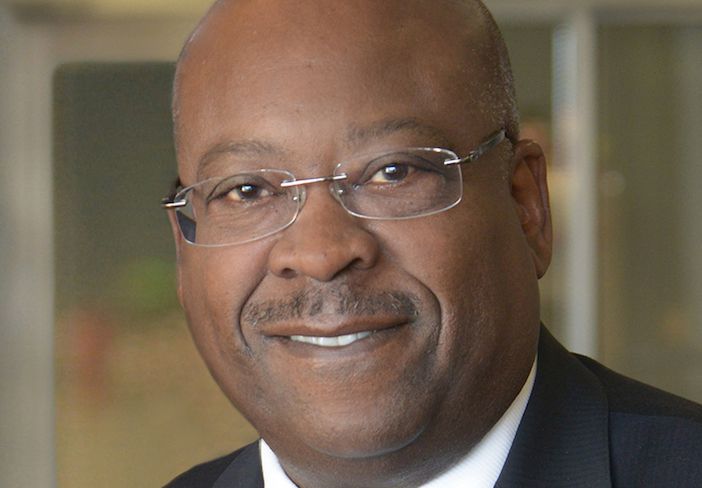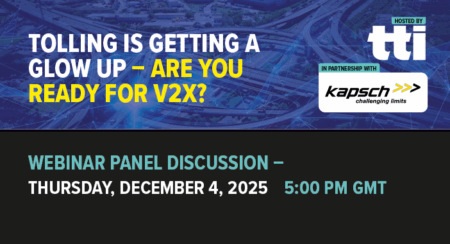Greg Winfree, JD, agency director of the Texas A&M Transportation Institute (TTI), a former US assistant secretary of transportation, and a member of ITS America’s board of directors, gives his insight into how integration of next-generation data will help to improve safety, efficiency, and mobility – his vision is of a seamless network at our fingertips that will mean stakeholders right across urban and inter-urban transportation systems will be connected together instantly
I’m old enough to remember when a telephone was used solely to call people. These days, I rely on my smartphone for various tasks, including texting, providing directions, and browsing the internet. I, literally, have the world at my fingertips.
What makes the one-stop-shop reality possible is the Internet of Things (IoT) connecting everything to everything else. Transportation has embraced innovations that rely on the internet to function, like AVs, smart infrastructure and drone-enabled next-day deliveries. Sometimes the transportation system writ large has a pairing problem, though, and different parts are unable to talk to one another. What if we could translate the smartphone’s one-stop-shop concept into the realm of seamless data transfer across transportation systems, regardless of source or mode or function?
As a state-of-the-practice example, consider traffic management centers (TMCs), which not only optimize traffic flow, but also notify EMS when a crash occurs. What if EMS and the local hospital were alerted automatically, as soon as the crash happens? What if an ER doctor could, through telemedicine, direct treatment at the scene in real time?
“Achieving more efficient, more reliable data exchange across the entire data network is TTI’s ultimate goal”
The next inflection point for transportation data management involves achieving better, more seamless integration of information from different sources. To achieve instantaneous response and real-time treatment at the scene requires discrete systems (and the data they share) working together flawlessly, reliably and securely. It means coordinating increasing amounts of data and better synergizing them. Imagine our crash scenario supported by such a system. The time saved in treating crash survivors on-site would save lives. Or tackle the long-time challenge of rural communities, where insufficient digital infrastructure often limits access to timely services. When a person needs a hospital, 20, 50 or 100 miles is a long way. Telemedicine and prescription deliveries by drone can help solve that problem.
The Texas A&M Transportation Institute (TTI) is developing a next-gen traffic operations laboratory to help harmonize different data sources, including roadside sensors, AVs, crowdsourced apps, etc, so they more effectively communicate with one another. The lab’s vision is to improve mobility while optimizing the transportation network and maximizing safety. Every system stakeholder can benefit from the insights our lab produces. Achieving more efficient, more reliable data exchange across the entire data network is TTI’s ultimate goal and will help our shared system work better for everyone.
This column first appeared in the August 2025 edition of TTi magazine





